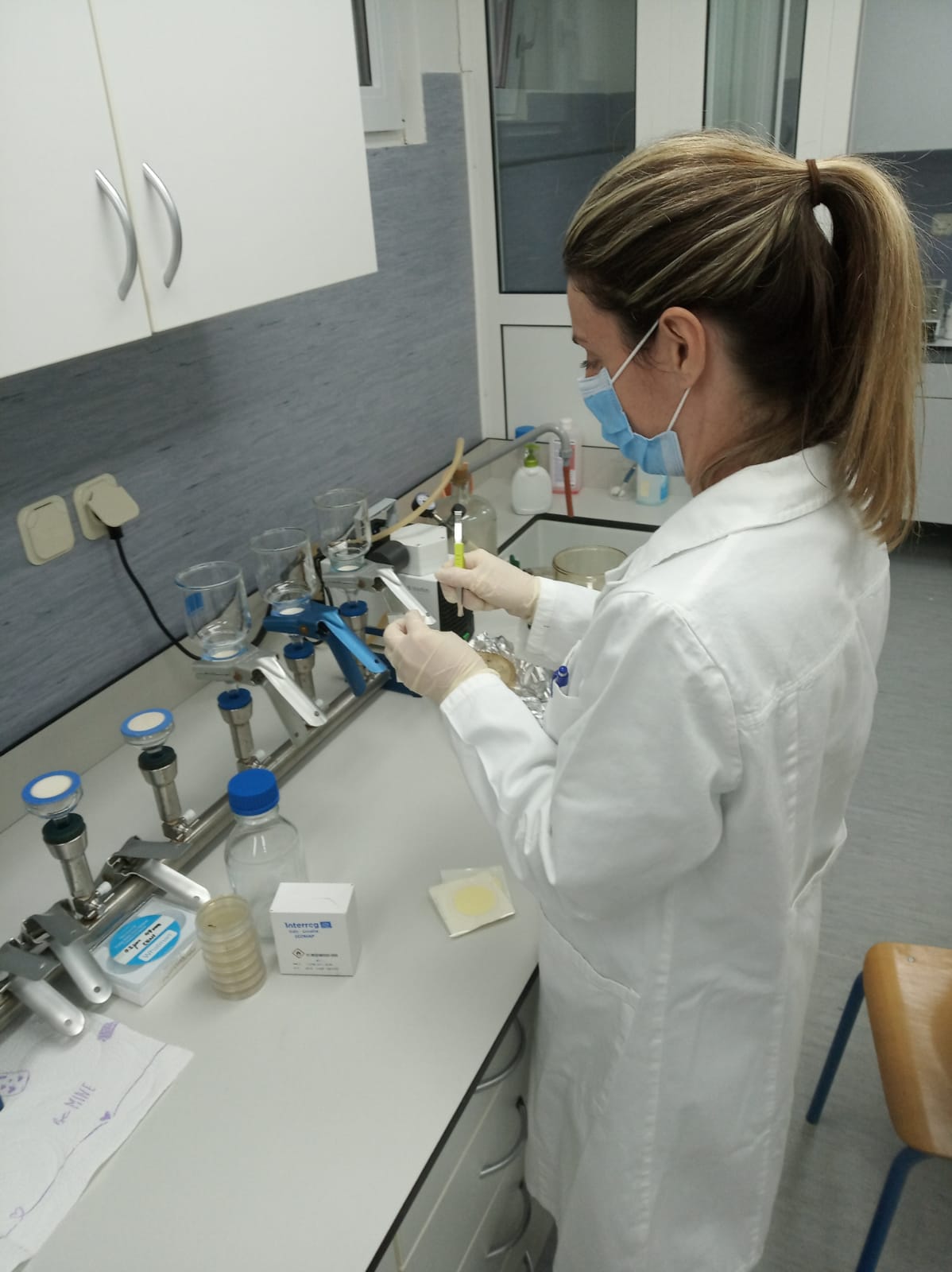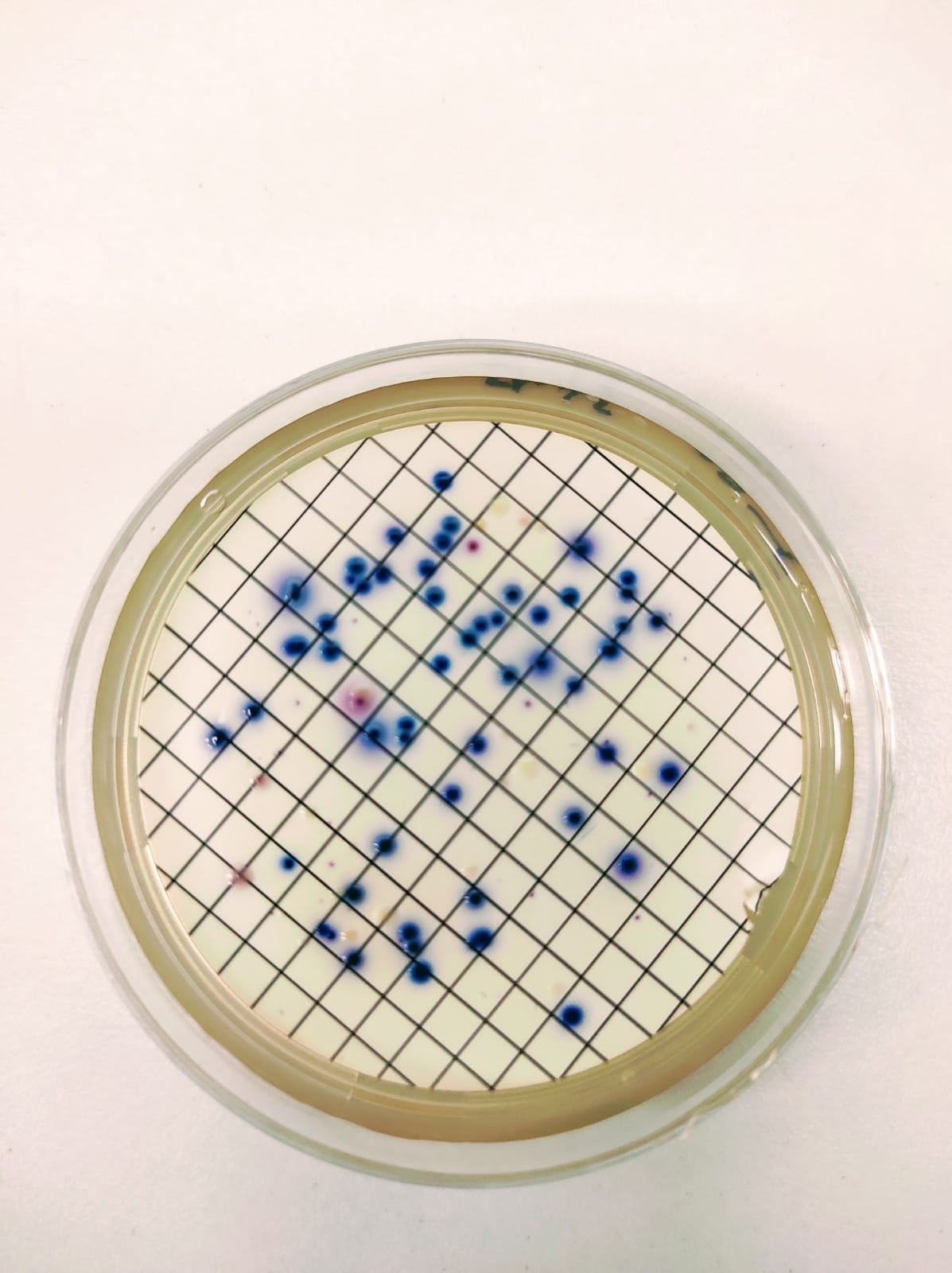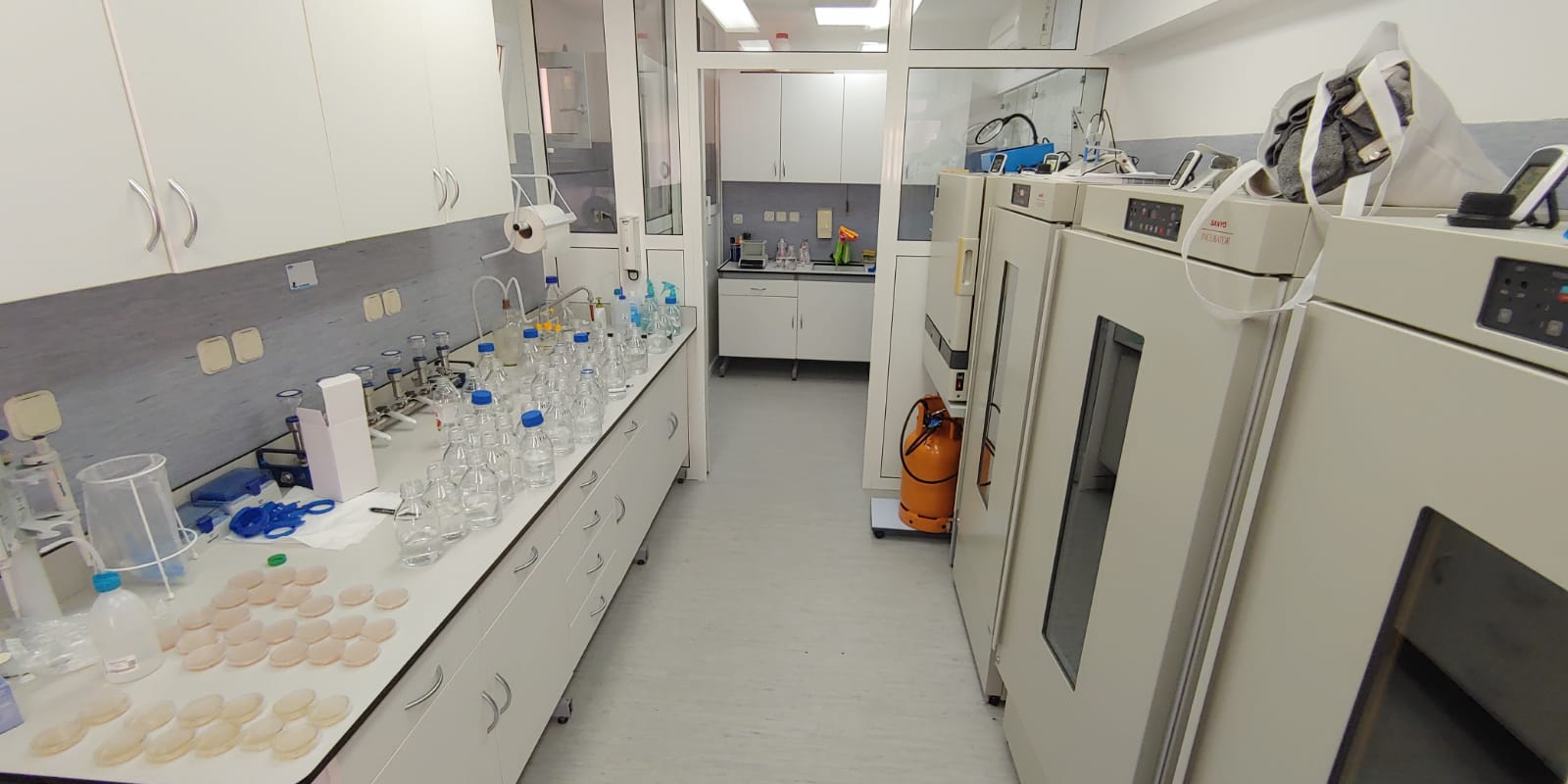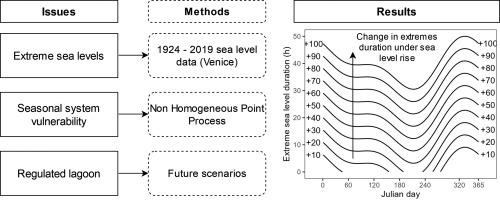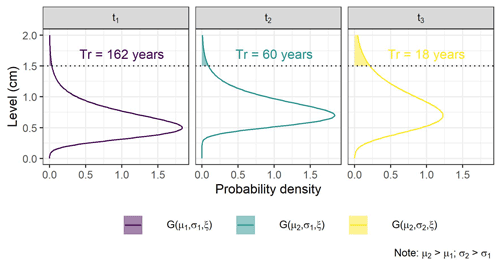Within the ADRIACLIM project, the Laboratory of microbiology (IOF Split) conduces research with the aim to detect the response of microbial food web to environmental changes, primarily to elevated sea temperature, as predicted by the global warming scenario. Responses of the microbial food web will be studied at multiple levels:
1.Quantitative changes in the values of certain parameters (e.g., increase or decrease the number, biomass and/or production of certain microbial groups of organisms);
2.Qualitative/structural changes that include modifications in the composition, size structure or numerical relationships between individual taxonomic or trophic groups within microbial food web;
3.Functional changes that include trophic relationships within the microbial food web, mechanisms of control of individual trophic groups (“bottom-up” vs. “top-down” control), changes in seasonal cycles and community stability.
The structural and functional features of microbial food web were studied by observing the following parameters: abundance and production of heterotrophic bacteria (with different DNA content, i.e. High- DNA bacteria and Low- DNA bacteria), abundances of two cyanobacteria groups, i.e. Prochlorococcus and Synechococcus, abundances of pico-eukaryotic algae and abundances of protistan grazers (heterotrophic nanoflagellates).
Marine microorganisms form the base of the marine food web and are responsible for strong bottom-up processes that control the structure and dynamics of the upper trophic levels. Even minor changes at the base of the food web in response to a human-induced increase in temperature can be amplified by trophic chains, significantly affecting various aspects of marine ecosystem structure and functioning. Understanding how microbial communities are affected by different drivers of climate change is important for making accurate predictions about ecosystem response to changing climate scenarios. The Adriatic Sea is reported to be severely phosphorus-depleted. The predicted temperature increase of 3 °C in the near future, as a result of global warming, could cause a significant increase in bacterial growth at temperatures below 16 °C. It could also double bacterial grazing by HNF and ciliate predators and increase the proportion of bacterial production transferred to the metazoan food web. Therefore, global warming is expected to increase the role of the microbial food web in the carbon cycle in the Adriatic Sea.

Fig. 1. Regressions between bacterial production (BP) and temperature and, separately for phosphorus-limited (P- LIM) and phosphorus-nonlimited (NOT -LIM) data sets. The arrows show a shift in BP between P- LIM and NOT -LIM environments. Bacterial growth increased significantly with increasing temperature. The effect of temperature on bacterial growth was greater at low temperatures (<16 °C). At higher temperatures ( >16 °C), almost all the variability in BP was explained by P. In the NOT -LIM conditions, temperature completely controlled bacterial growth.

Fig. 2. Absolute carbon biomass flow within the microbial food web at ambient temperature (A) and changes in fluxes following a 3 ◦C temperature rise (B). The figure shows that the already dominant biomass flux from heterotrophic picoplankton (HPP) to higher trophic levels (HNF and CIL) further increased with the temperature rise.

